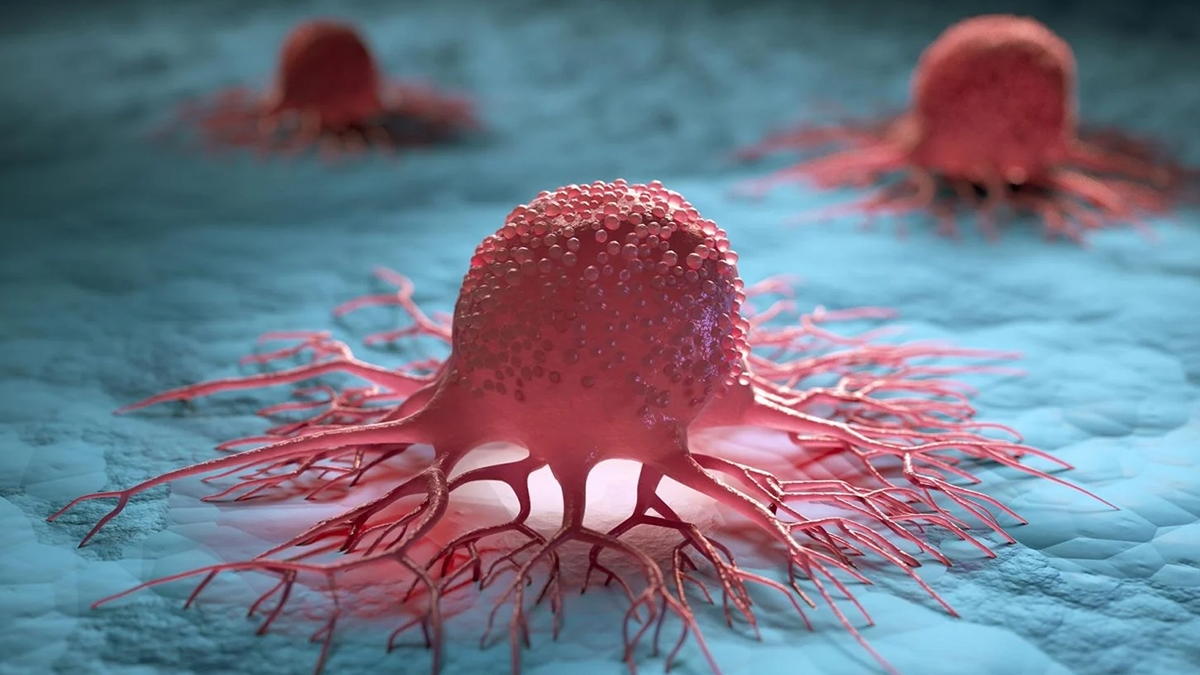
Recent research has unveiled a groundbreaking discovery that highlights the critical role of RNA in the complex processes of gene expression and cancer development. A team of scientists from the University of Chicago, led by Professor Chuan He, has identified a previously unknown mechanism involving RNA that could lead to new cancer treatments. This research, published in Nature on October 2, 2024, reveals how RNA impacts the packaging of DNA within cells, suggesting new targets for cancer therapy.
The Complexity of Gene Expression
Inside each cell, a delicate dance occurs to manage genetic material. Proteins continuously wrap and unwrap DNA, ensuring that genes are expressed correctly. Even a small error in this process can lead to severe consequences, including cancer. Here’s a closer look at the importance of understanding gene expression:
- Gene Packaging: DNA is neatly packaged in structures known as chromatin, which is vital for gene regulation.
- RNA’s Role: RNA, traditionally seen merely as a messenger, is increasingly recognized for its significant role in gene expression.
Discovering TET2: The RNA Connection
The University of Chicago team focused on a gene known as TET2, which has been linked to various cancers. Their findings shed light on the long-standing mystery of why mutations in TET2 lead to such diverse disorders. Key points include:
- Mutation Frequency: TET2 mutations occur in 10-60% of leukemia cases and are present in other cancers.
- Previous Research: Most studies concentrated on how TET2 affects DNA, overlooking its influence on RNA.
New Findings About TET2
The research team discovered that TET2 is not just involved in DNA but also plays a crucial role in RNA through a modification process called methylation. Here’s how it works:
- RNA Modification: TET2 controls the occurrence of a specific type of RNA modification called m5C.
- Chromatin Packaging: This modification attracts a protein known as MBD6, which is essential for the proper packaging of chromatin.
This finding indicates that TET2 mutations disrupt the balance of gene expression, potentially leading to uncontrolled cell growth and cancer.
The Role of MBD6 in Cancer Development
The research demonstrated that MBD6 plays a pivotal role in determining how tightly DNA is packaged within cells. Here are the critical observations:
- Infants vs. Adults: In infants, TET2 allows for looser chromatin packaging to enable the development of different cell types. In adults, TET2 should tighten this packaging.
- Consequences of Mutation: If TET2 is mutated, it loses its ability to regulate MBD6, leading to excessive growth pathways that may cause cancer, particularly in blood and brain cells.
To confirm their findings, the team conducted experiments with human leukemia cells. By removing MBD6, they observed that the leukemia cells died, further validating the importance of this pathway in cancer.
A New Approach to Cancer Treatment
This discovery has exciting implications for cancer research. Here’s why it’s significant:
- New Drug Targets: The findings suggest potential targets for new drugs that could specifically target cancer cells activated by TET2 mutations.
- Aiming for Precision: The goal is to develop treatments that selectively eliminate cancer cells while sparing healthy cells, providing a “silver bullet” approach to cancer therapy.
Broader Health Implications
TET2 mutations are not only linked to cancer but also play a role in other health conditions, particularly in older adults. Here’s how:
- Associated Conditions: TET2 mutations are found in adults over 70, increasing the risk of heart disease, stroke, and diabetes.
- Chronic Inflammatory Condition: Patients with TET2 mutations may experience a condition known as CHIP, characterized by increased inflammation, which heightens the risk of various diseases.
Dr. Caner Saygin, an oncologist specializing in CHIP, emphasizes the need for treatments targeting these mutant cells to improve patient health.
Implications for Gene Expression Research
The findings from this study represent a shift in our understanding of gene regulation and chromatin packaging. Key takeaways include:
- Methylation Mechanisms: Previous research highlighted one form of RNA methylation called m6A; this study introduces m5C as another critical mechanism.
- Further Exploration: The discovery suggests there may be additional RNA modifications yet to be identified that could influence gene expression and chromatin regulation.
Conclusion
The research led by Professor Chuan He and his team offers a promising new direction for cancer treatment by revealing the crucial role of RNA in gene expression. By targeting the pathways influenced by TET2 mutations, scientists may develop innovative therapies that not only combat cancer but also improve overall health outcomes for individuals with TET2-related conditions. As researchers delve deeper into these findings, the future of cancer treatment looks increasingly hopeful.
References
Zou, Z., Dou, X., Li, Y., Zhang, Z., Wang, J., Gao, B., Xiao, Y., Wang, Y., Zhao, L., Sun, C., Liu, Q., Yu, X., Wang, H., Hong, J., Dai, Q., Yang, F.-C., Xu, M., & He, C. (2024). RNA m5C oxidation by TET2 regulates chromatin state and leukaemogenesis. Nature. DOI: 10.1038/s41586-024-07969-x.
